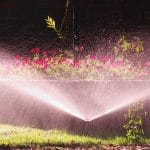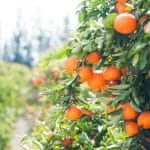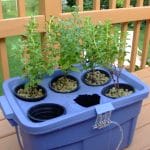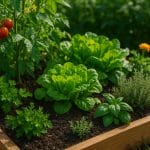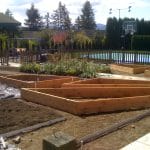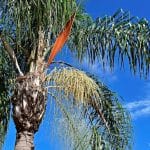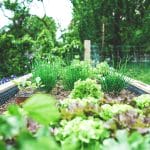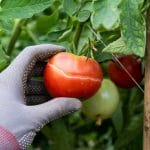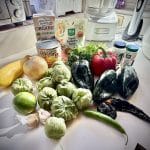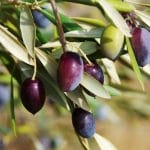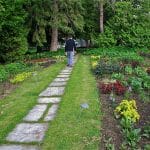Cycads: Ancient Beauties for the Backyard
In The Garden Palms And Cycads
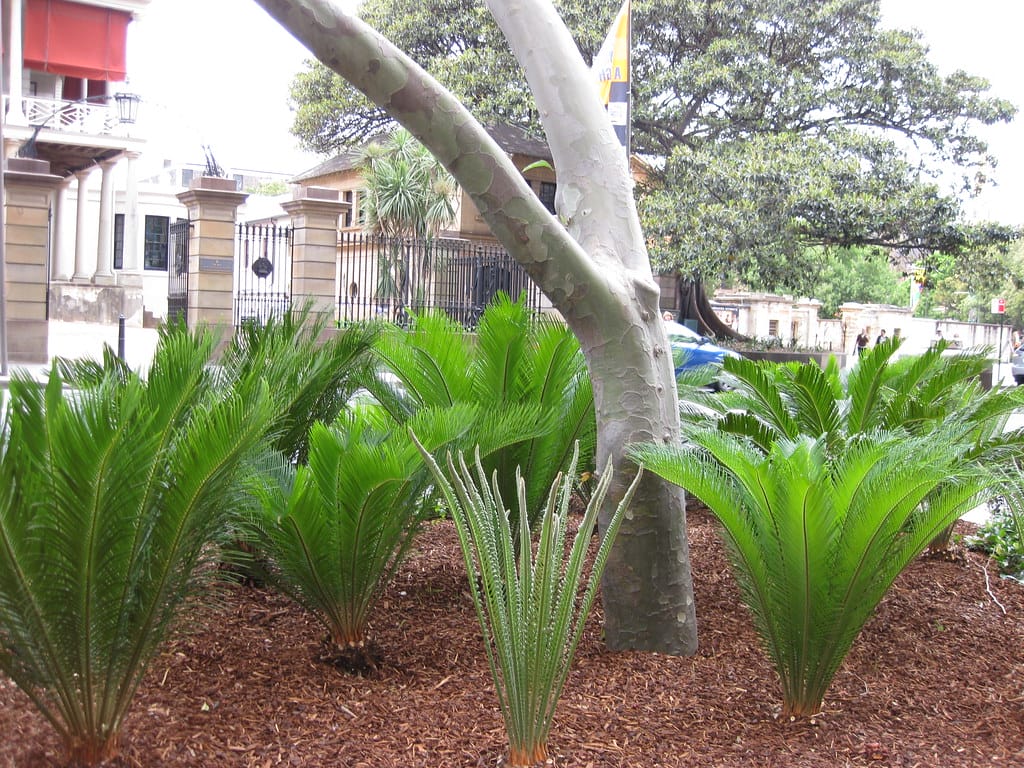
If there’s a plant that can make you feel like you’ve stepped into the Jurassic, it’s a cycad. I’ve seen them stop people mid-step — partly because they look like palms that time-traveled straight out of a dinosaur scene, and partly because they just feel important. They’ve been around longer than flowers, bees, and most of what we call “life as usual” in the garden. When I plant one, I can’t help thinking, “You’ve been here 280 million years — I hope you like your new spot next to the birdbath.”
Older Than Dinosaurs — Literally
Here’s the timeline in plain dirt:
- First roots: Cycads showed up over 280 million years ago, before dinosaurs, before grasses, before most plants we know.
- Golden age: They hit their prime in the Mesozoic, about 200–145 million years back. Imagine entire landscapes dotted with cycads while sauropods lumbered past.
- World travelers: Fossils have been found on every continent — even Antarctica, back when it was warm and green.
- Survivors: They’ve made it through mass extinctions, ice ages, and continents drifting apart. And here they are, still wearing the same “outfit” they had in the Jurassic.
Why Gardeners (and Collectors) Go Nuts for Them
- Sculptural looks — Perfect symmetry, strong lines, and those dramatic fronds that arch just so.
- Low fuss — Once they settle in, they’ll shrug off dry spells and poor soils.
- Container champs — They thrive in big pots, which is great if your winters are cold.
- Living antiques — There’s something satisfying about tending a plant that’s been around since before flowers existed.
- Collectible status — Some species are rare, slow to grow, and valuable. A mature, unusual cycad can fetch serious money in plant circles.
The Whole Family Tree
Below is the official roster of cycad genera. Think of it as the “family reunion” guest list, from common garden favorites to species you’ll probably only see in a botanical collection.
Cycad Genera and Garden Notes
| Genus | Family | Popularity & Garden Notes |
|---|---|---|
| Cycas (e.g., Sago Palm) | Cycadaceae | Most popular; easy to grow; award-winning |
| Bowenia | Stangeriaceae | Shade-loving, fern-like — niche collector favorite |
| Stangeria | Stangeriaceae | Small form, often in shaded tropical gardens |
| Ceratozamia | Zamiaceae | Rare, elegant foliage — valued by collectors |
| Dioon | Zamiaceae | Hardy, long-lived — fits Mediterranean-style landscapes |
| Encephalartos | Zamiaceae | Bold, armored trunks — striking in large gardens |
| Lepidozamia | Zamiaceae | Tall, graceful fronds — Australian native |
| Macrozamia | Zamiaceae | Stately, used in public and private gardens |
| Microcycas | Zamiaceae | Extremely rare — conservation priority |
| Zamia | Zamiaceae | Compact, container-friendly — great for smaller spaces |
The Cycads You’re Most Likely to See in a Garden
- Sago Palm (Cycas revoluta) — The classic choice. Hardy, good in pots, and a reliable performer.
- Cardboard Palm (Zamia furfuracea) — Small, fuzzy leaves; perfect for patios.
- Queen Sago (Cycas rumphii) — Bigger and looser than the common sago; a graceful presence.
- Dioon edule — Tough as nails, with a clean, architectural look.
Soil: The Deal-Breaker
If there’s one thing cycads won’t forgive, it’s wet feet. Their roots need to breathe.
Here’s what works:
Bagged mixes that behave:
- FoxFarm Ocean Forest (cut with sand or pumice for extra drainage)
- Black Gold Cactus Mix
- Miracle-Gro Cactus, Palm & Citrus Mix (with added perlite)
- Kellogg Palm, Cactus & Citrus Mix
DIY blend I’ve used and liked:
- 40% high-quality potting soil
- 40% coarse sand or horticultural grit
- 20% perlite or pumice
If you grab a handful and squeeze, it should crumble — not squish.
Feeding Them Right
Cycads aren’t pigs at the trough — they prefer steady, moderate feeding with the right trace nutrients.
Timing:
- 2–3 times from spring through early fall
- Skip winter feedings
Fertilizer picks:
- Palm blends with manganese (Jobe’s Organics Palm, Espoma Palm-Tone)
- Slow-release balanced fertilizer (Osmocote Plus)
- Liquid kelp or fish emulsion for gentle boosts
- Manganese sulfate drench for frizzle top (yellow, crinkled new leaves)
Tips from experience:
- Always water before applying granular feed.
- Worm castings make a nice top-dress in pots — mild, adds life to the soil.
- Don’t use lawn fertilizer — too much nitrogen makes floppy, weak fronds.
General Care
- Light: Full sun to partial shade (depends on species).
- Water: Deep soak, let the top inch dry before watering again.
- Pruning: Cut off old, brown fronds at the base.
- Cold: Protect from frost or move pots indoors.
Why Collectors Hunt Them Down
Some folks collect coins or stamps — others collect plants that have been around since pterodactyls. Rare cycads are:
- Status plants — owning a hard-to-find species is bragging rights in plant circles.
- Long-term investments — slow growth + rarity = high value.
- Living history pieces — some cultivated cycads are centuries old.
Many species are protected under CITES, so legal sourcing matters — buy from licensed growers or botanical garden sales.
FAQ: Quick Answers
Are cycads easy to grow?
Yes, if you give them drainage and don’t overwater.
How fast do they grow?
Slowly. That’s part of their charm — and why older plants are so valuable.
Can I grow them indoors?
In a bright, sunny spot, yes. Just watch for scale insects and keep them on the dry side.
What soil mix do cycads prefer?
A fast-draining, gritty mix. Think roughly half mineral (pumice, perlite, coarse sand) and half chunky organic (pine bark, composted mulch). Avoid heavy, water-holding potting soils.
How much sun do cycads need?
Most do best with 4–6 hours of direct sun. In very hot inland areas, give afternoon shade. Acclimate slowly when moving from shade to full sun.
How often should I water?
Let the top few inches of soil dry between waterings. Deeply soak, then allow to drain. Water less in cool weather and more in active growth and heat.
What temperatures can they handle?
Brief light frosts can damage fronds. Protect plants when nights dip near freezing; bring containers indoors or cover outdoor plants during cold snaps.
How do I fertilize cycads?
Use a slow-release, balanced or low-nitrogen fertilizer with micronutrients during warm months. Don’t overdo it—too much fertilizer can burn roots and push weak growth.
Are cycads toxic to pets?
Yes—especially sago (Cycas revoluta). Seeds and leaves are highly toxic to dogs and cats. Keep plants out of reach and contact a vet immediately if ingested.
When should I repot?
Every 3–5 years or when roots circle the pot. Move up just one pot size, keep the crown above the soil line, and use a fast-draining mix.
Why are my cycad leaves yellowing?
Common causes: overwatering/root rot, cold stress, or nutrient issues (magnesium/iron). Older fronds also yellow naturally with age.
What pests should I watch for?
Scale (including cycad aulacaspis scale) and mealybugs. Start with a strong hose spray and horticultural oil or insecticidal soap; repeat as needed. Isolate heavily infested plants.
Can I grow cycads in containers long-term?
Yes. Use a heavy, stable pot with large drainage holes. Containers make it easy to move plants for winter protection or to adjust sun exposure.
Are cycads palms?
No. They’re ancient gymnosperms. “Sago palm” is a common name, but it isn’t a true palm.
How do cycads reproduce?
They produce male and female cones on separate plants. You can also divide offsets (“pups”) from mature sagos and root them in a gritty mix.
Share this post
All categories
More From The Garden
Disclosure: This post may contain affiliate links. That means if you click and buy, The Bright Garden may earn a small commission, at no extra cost to you. We only recommend products we’ve vetted and believe will benefit our readers.

